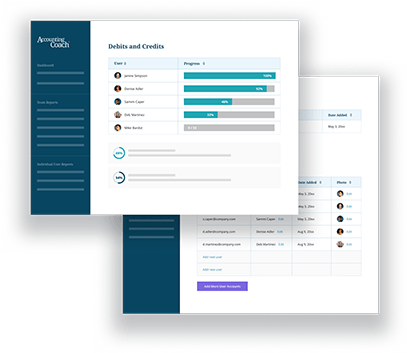Definition of Accruals
The accrual of expenses and liabilities refers to expenses and/or liabilities that a company has incurred, but the company has not yet paid or recorded the transaction. The accrual of an expense will usually involve an accrual adjusting entry that increases a company’s expenses and increases its current liabilities.
The accrual of revenues and assets refers to revenues and/or assets that a company has earned, but the company has not yet received the money nor has it recorded the transaction. The accrual of revenues will usually involve an accrual adjusting entry that increases a company’s revenues and increases its current assets.
Example of an Accrual as a Current Liability
Assume that a company has an emergency sewer repair on December 30. The plumbing contractor said the bill will be finalized and mailed to the company on January 10; however, the bill will be approximately $6,000. Under the accrual method of accounting, the company must accrue this expense and liability prior to issuing its December 31 financial statements. This is accomplished by recording an adjusting entry that debits the income statement account Repairs Expense for $6,000, and credits the balance sheet current liability account Accrued Expenses Payable for $6,000.
Examples of other expenses that typically require an accrual adjusting entry that increases a current liability account include wages, utilities, bonuses, taxes, and interest.
Example of an Accrual as a Current Asset
Assume that during December a company has earned interest of $5,000 on its investment in U.S. Treasury bills. However, all of the interest will be received by the company on February 15. Under the accrual method of accounting, the company must accrue the revenue it earned but had not received as of December 31. The adjusting entry dated December 31 will debit the balance sheet current asset account Interest Receivable for $5,000, and will credit the income statement account Investment Income for $5,000.
Balance Sheet: Retail/Wholesale – Corporation Income Statement: Retail/Whsle – Corporation, Multiple-Step
Statement of Cash Flows: Corporation, Indirect Method




